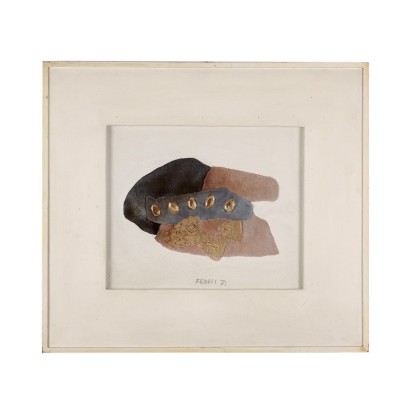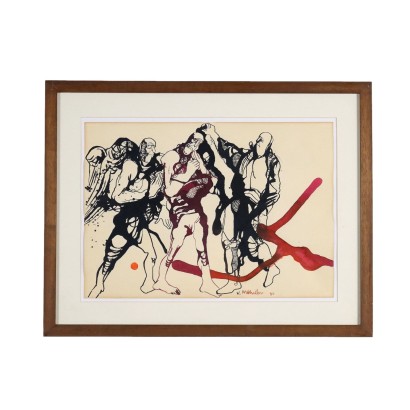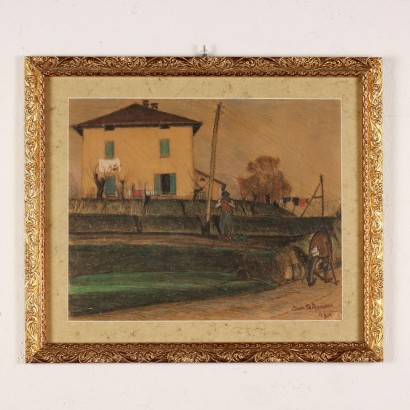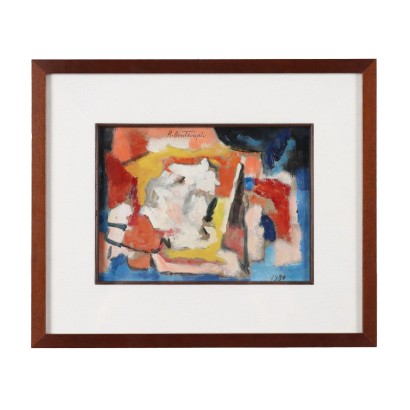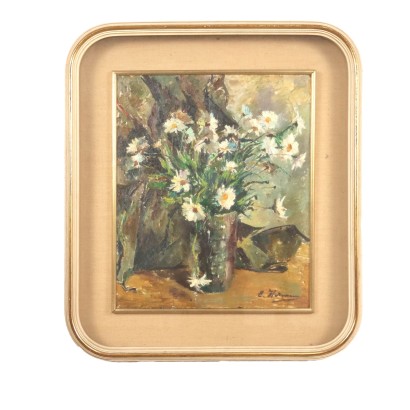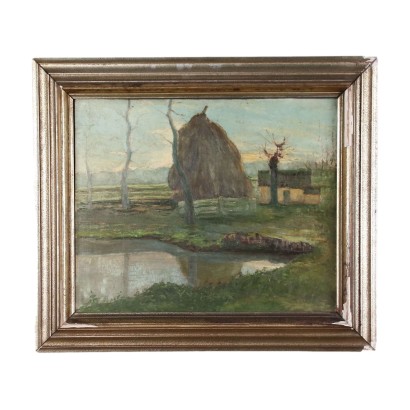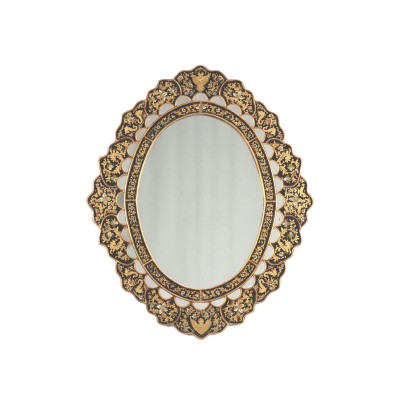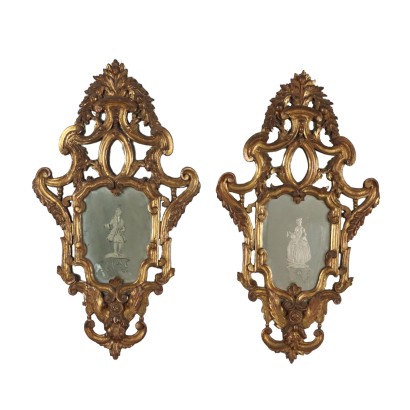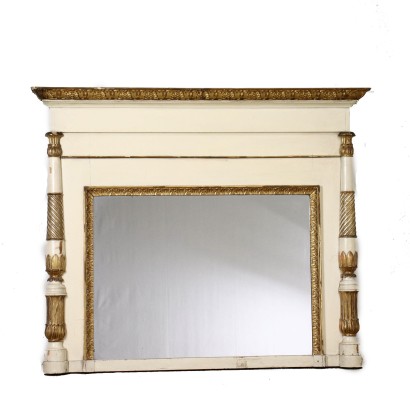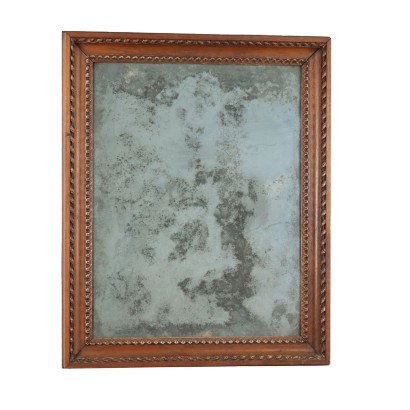F. Fedeli Mixed Technique on Hardboard Italy 1971 - Material Contrast 1971
Features
Artist: Francesco Fedeli (1811-1998)
Artwork title: Contrasto materico
Age: Contemporary , 20th Century / 1901 - 2000
Subject: Abstract Composition
Origin: Italy
Artistic technique: Painting
Technical specification: Mixed technique on board
Description : Contrasto materico
Mixed technique on board. Signed and dated lower centre. On the back there is a further signature, the title with the numbering 1/4 and the stamp and label of "Galleria dei Mille"in Milan. Francesco Fedeli was a draftsman and painter. If in the production of drawings his war correspondence stands out, in particular from the Russian front where he documented the life of the soldiers and the drama and sufferings of the Russian population with drawings that appeared in the main Italian newspapers and magazines, subsequently his painting turned towards abstract compositions, such as this one presented here.
Product Condition:
Product in good condition, shows small signs of wear. We try to present the real state as fully as possible with photos. If some details are not clear from the photos, what is reported in the description will prevail.
Frame Size (cm):
Height: 83
Width: 93
Depth: 2,5
Artwork dimensions (cm):
Height: 50
Width: 60
Additional Information
Artist: Francesco Fedeli (1811-1998)
Born in Milan in 1911, from the age of fifteen Francesco Fedeli attended the studios of P. Bossi and M. Broggi, to then become a pupil of Umberto Lilloni at the Brera Academy. He began to exhibit in 1931 and six years later entered a full title in the lively Milanese artistic scene with the first one-man show (Galleria Piccola Mostra, Milan). Thus began a brilliant and eclectic career, which not even the war could interrupt: destined for the Russian front as a painter-correspondent, Fedeli documented the life of the soldiers and the population with his drawings (published in the main Italian newspapers and the subject of numerous exhibitions after the war). Between 1945 and 1960 Francesco Fedeli taught painting and composition at the Scuola Superiore d'Arte Applicata (“Scuola del Castello”, Milan), continuing however with his pictorial production. In 1993 he curated the last solo exhibition and shortly after (following a banal cataract surgery) he lost the use of his sight. He died in Varese in 1998. Age:
Contemporary
Contemporary
20th Century / 1901 - 2000
20th Century / 1901 - 2000
Subject: Abstract Composition
Artistic technique: Painting
La pittura è l'arte che consiste nell'applicare dei pigmenti a un supporto come la carta, la tela, la seta, la ceramica, il legno, il vetro o un muro. Essendo i pigmenti essenzialmente solidi, è necessario utilizzare un legante, che li porti a uno stadio liquido, più fluido o più denso, e un collante, che permetta l'adesione duratura al supporto. Chi dipinge è detto pittore o pittrice. Il risultato è un'immagine che, a seconda delle intenzioni dell'autore, esprime la sua percezione del mondo o una libera associazione di forme o un qualsiasi altro significato, a seconda della sua creatività, del suo gusto estetico e di quello della società di cui fa parte.
Technical specification: Mixed technique on board
Other customers have searched:



